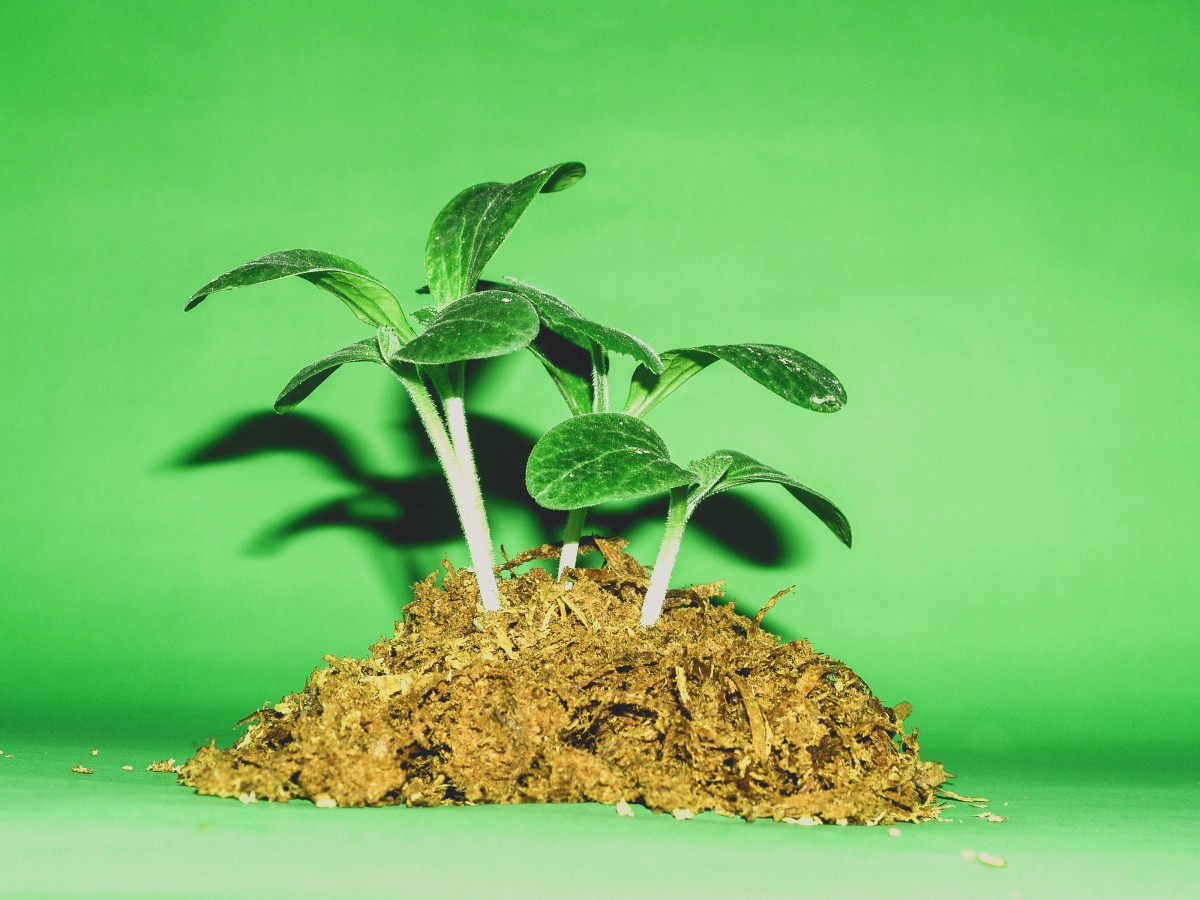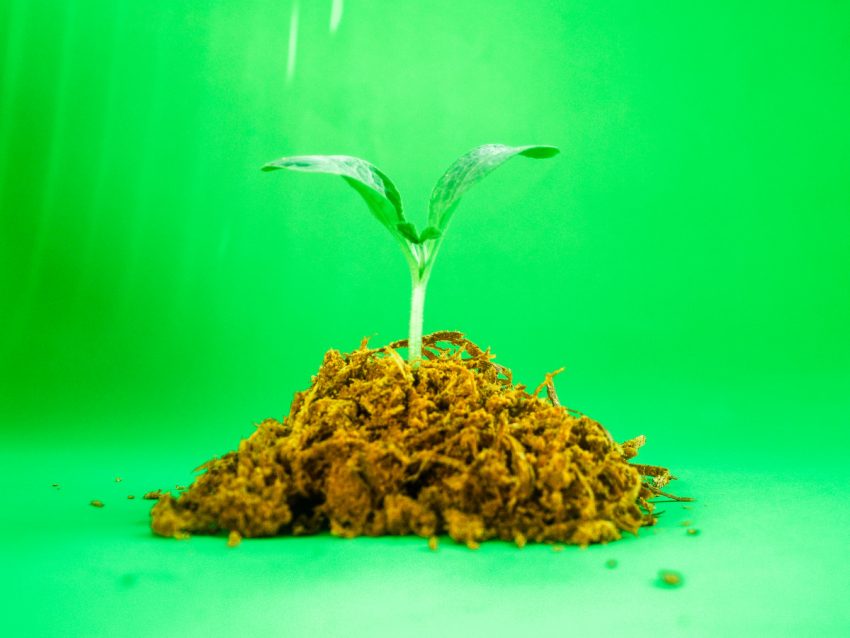In the quest for sustainable living, the journey often begins in our own backyard. Crafting your own natural fertilizer is not just a gardening endeavor; it’s a commitment to nurturing the planet. As an environmentally conscious American, delve into the realm of green alchemy and discover how you can contribute to a thriving planet by making your natural fertilizer.
The Soil Symphony: Understanding Your Garden’s Needs
Soil Health 101: A Foundation for Thriving Plants
Before embarking on the creation of natural fertilizer, an active gardener recognizes the importance of understanding soil health. Assessing your soil’s composition and nutrient levels lays the groundwork for tailoring the perfect fertilizer blend. This proactive approach ensures that your plants receive the nourishment they need for robust growth.
Plant-Specific Wisdom: Knowing Your Garden Residents
Different plants have varying nutrient requirements. An observant American gardener actively identifies the specific needs of each plant in their garden. This knowledge becomes the guiding principle for formulating a natural fertilizer blend that caters to the unique preferences of individual plant species.
The Ingredients of Alchemy: Crafting Your Fertilizer Mix
Kitchen Castoffs: Transforming Waste into Gold
Green alchemy involves turning kitchen waste into gardening gold. Active participation in this sustainable practice means repurposing items like fruit and vegetable peels, coffee grounds, and eggshells. The American gardener’s commitment to reducing kitchen waste aligns with the principles of environmental stewardship.
Nitrogen-Rich Goodies: Fueling Growth Naturally
Plants thrive on nitrogen, and an eco-conscious American gardener actively seeks natural sources to fuel their garden’s growth. Incorporating nitrogen-rich ingredients like grass clippings and clover into the fertilizer mix becomes a deliberate choice. This hands-on approach ensures that your plants receive a steady and natural supply of this essential nutrient.
The Brewing Process: Creating Your Fertilizer Blend
DIY Compost Tea: Liquid Gold for Plants
Brewing your compost tea is a hallmark of green alchemy. An American gardener actively engages in this process, combining compostable materials with water to create a nutrient-rich liquid fertilizer. This hands-on approach not only provides essential nutrients to plants but also minimizes the ecological footprint associated with synthetic fertilizers.
Vermicomposting: Harnessing the Power of Worms
In the spirit of American sustainability, vermicomposting becomes a key component of crafting natural fertilizer. Employing a worm bin to break down organic matter results in nutrient-dense worm castings. This active choice enhances the fertilizer’s potency, showcasing a commitment to harnessing nature’s processes for a healthier garden.
Nurturing Nature’s Balance: Applying Your Homemade Fertilizer
Gentle Nourishment: Feeding Plants with Care
When it comes to applying homemade fertilizer, an environmentally conscious American gardener takes a gentle and measured approach. Diluting liquid fertilizers and evenly distributing solid blends ensures that plants receive nourishment without overwhelming them. This mindful application aligns with the gardener’s commitment to fostering a balanced and sustainable ecosystem.
Seasonal Adjustments: Adapting to Nature’s Rhythms
The American gardener actively adapts their fertilizer application to the changing seasons. Recognizing that plants have distinct needs during different times of the year, this adaptive approach showcases a commitment to working in harmony with nature’s rhythms. By aligning fertilizer practices with seasonal cues, the gardener nurtures a thriving and resilient garden.
Cultivating a Green Legacy: A Commitment to Sustainable Gardening

As you conclude this transformative journey into the realm of green alchemy, crafting natural fertilizer becomes more than a gardening task—it’s a commitment to sustainable living. The American gardener actively contributes to a thriving planet by embracing eco-friendly alternatives and fostering a garden that harmonizes with nature.
Encouraging you to share your valuable thoughts and experiences in the comments below. Your insights could inspire fellow American gardeners on their journey toward sustainable and thriving gardens.

